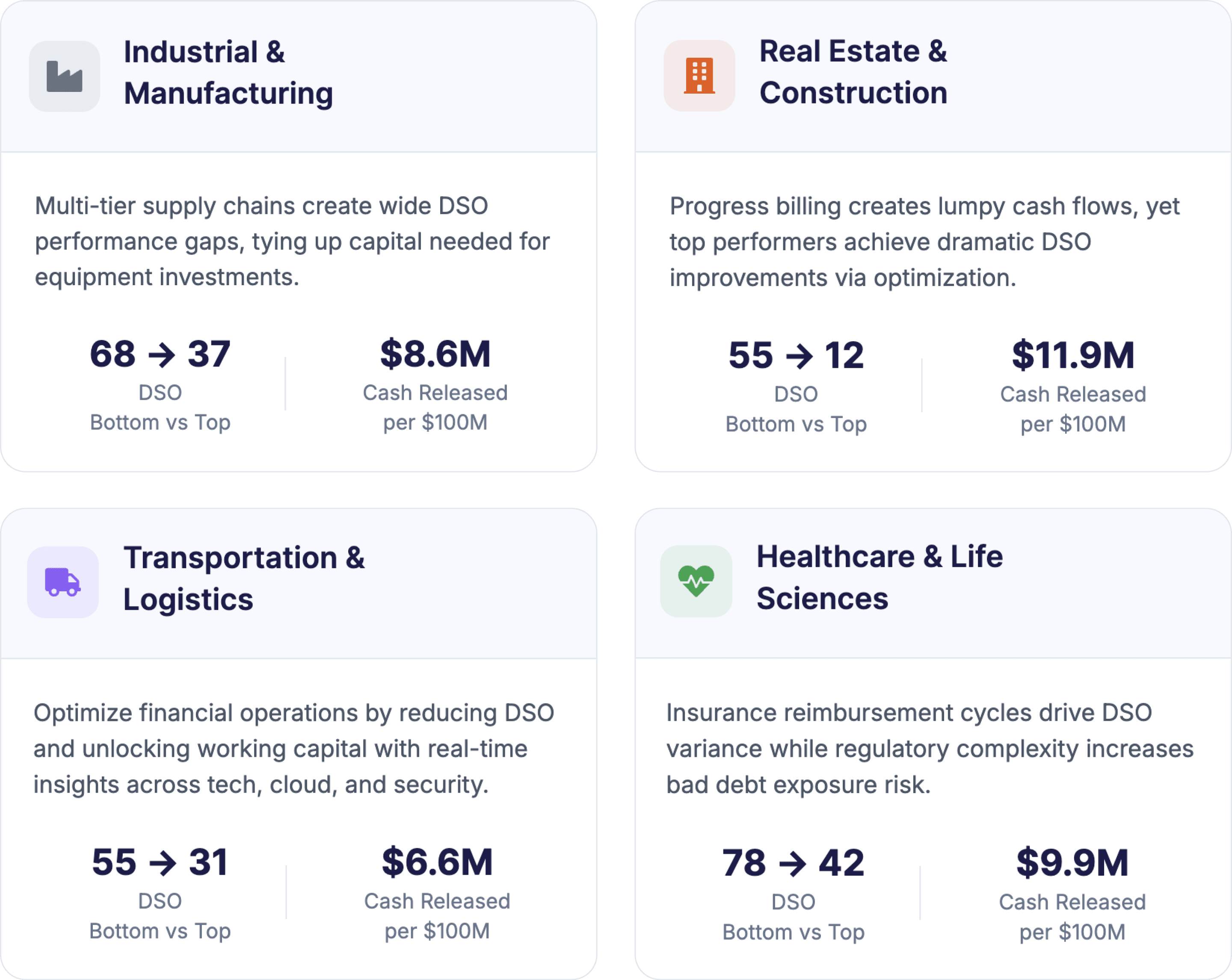Right now if you talk to any CFO, the one thing that’s top of mind is cash. It’s expensive, it’s unpredictable, and it’s harder to come by than even a few years back. Cost of capital has gone up, inflation is adding friction everywhere, credit lines are tighter, so working capital isn’t some dashboard number anymore, it’s literally the lever that decides whether you grow or you stall.
And when you trace it back, that lever runs across the order-to-cash cycle. This is the system that connects quoting a deal, getting it billed, collecting it, applying cash, and then reporting back to the business. On paper, it should be linear. In reality, it’s fragmented. Billing data sits in one place, collection notes somewhere else, cash posting and reconciliation always trailing behind. The handoffs are broken, and finance teams spend more time stitching than steering.
All this while businesses are booking more revenue by expanding their monetization models - across pricing, billing, and packaging. It wreaked havoc on the traditional order to cash process.
That’s why O2C has become the real battleground for CFOs. Because when those handoffs break, cash gets stuck. Revenue is on the books, but liquidity doesn’t move.
And the place where it breaks most often? The last mile of order to cash - collections and cash application.
A Step Forward with Zuora
That is why this step with Zuora matters for finance leaders who need the whole cycle to hold together, not just parts of it. Zuora has long been where enterprises run monetization at scale; the next step is expanding the platform’s reach across receivables and collections so the middle of O2C doesn’t force manual workarounds.
With this partnership, Zuora extends the platform with collections, cash application, and predictive forecasting that work together, so finance teams can run O2C end to end without handoffs or spreadsheets filling the gaps.
What changes is visible in day-to-day work:
- Predictability in cash flow, with live visibility into what is collectible and when it is likely to land.
- Collections that move faster because outreach adapts to how specific customers respond.
- Reconciliation that reflects reality quickly, with payments applied accurately and exceptions flagged with context.
- Leaders now have forecasts solid enough to make calls on hiring or investment without second guessing.
The whole question is whether cash moves through O2C or gets stuck halfway.
Why the Stakes Are Higher Now
It matters now because the stakes around cash have never been higher. Cost of capital is up, investors want predictability, boards expect more with less, and the same patterns persist across industries.
DSO is sitting at over sixty days, even on net-30 terms. Take a look at the working capital that’s tied up across industries.

Roughly a third of AR effort is tied up in disputes that better documentation and intelligence could have avoided. About a quarter of payments are delayed by coordination breakdowns and manual follow-ups.
When receivables stall, cash gets stuck on the balance sheet and leaders end up dragged into fires they shouldn’t be fighting.
What Finance Leaders Can Run Differently with AI
1) Collections that anticipate, not chase
Most teams still run the same cadence for every account; with this step, follow-ups adapt to how a given customer behaves, who responds on the first nudge, who needs escalation, which invoices actually matter now, so recoveries are faster and relationships hold.
2) Cash application without the backlog
Cash application is the choke point for most teams; payments arrive by ACH, wires, checks, remittance PDFs and CSVs, each with quirks. Now the matching runs in layers, from clear references to business rules to learning from history, which means high-accuracy extraction and same-day posting for the majority of payments, and exceptions that arrive with context.
3) Forecasts leaders can trust
Move beyond static aging; payment timing is estimated from behavior, disputes, and even communication lag, then rolled up into expected inflows, best case, and a risk-adjusted view, which gives CFOs a forecast they can actually act on.
4) Alignment across the enterprise
Finance does not operate in a silo; sales, operations, and leadership see the same receivables picture, disputes are tracked in one place, conversations are visible, and teams can actually align on action.
Teams are already running this inside Zuora and seeing the difference.
How This Looks in Practice
A deal closes in Zuora and billing schedules are created. From the first invoice the system watches payer signals, spots likely delays early, and shapes reminders up front.
As payments arrive, bank feeds and remittances flow in, high-confidence matches post automatically, complex cases are flagged with the context a controller needs, and most payments are reconciled the same day.
Meanwhile leadership looks at a live view by region, customer type, and risk group. Forecasts show inflows for the next quarter across expected, best case, and risk-adjusted ranges. Decisions on hiring, investment, or refinancing are made with conviction.
This is not a future vision. It is what is possible now with accounts receivable automation.
A Shift in How We See Receivables
For decades, receivables were treated as something you manage, not something you master. Finance leaders assumed AR would always be unpredictable, that you could only control so much.
This partnership changes that. Collections, cash application, forecasting, billing are all part of the same cycle now. Receivables stop being a black box and become something finance can actually steer.
It changes the way enterprises handle O2C when cash is under the most pressure.



.png)
.webp)


.webp)













.webp)




.png)


.webp)
.webp)
.webp)
.webp)